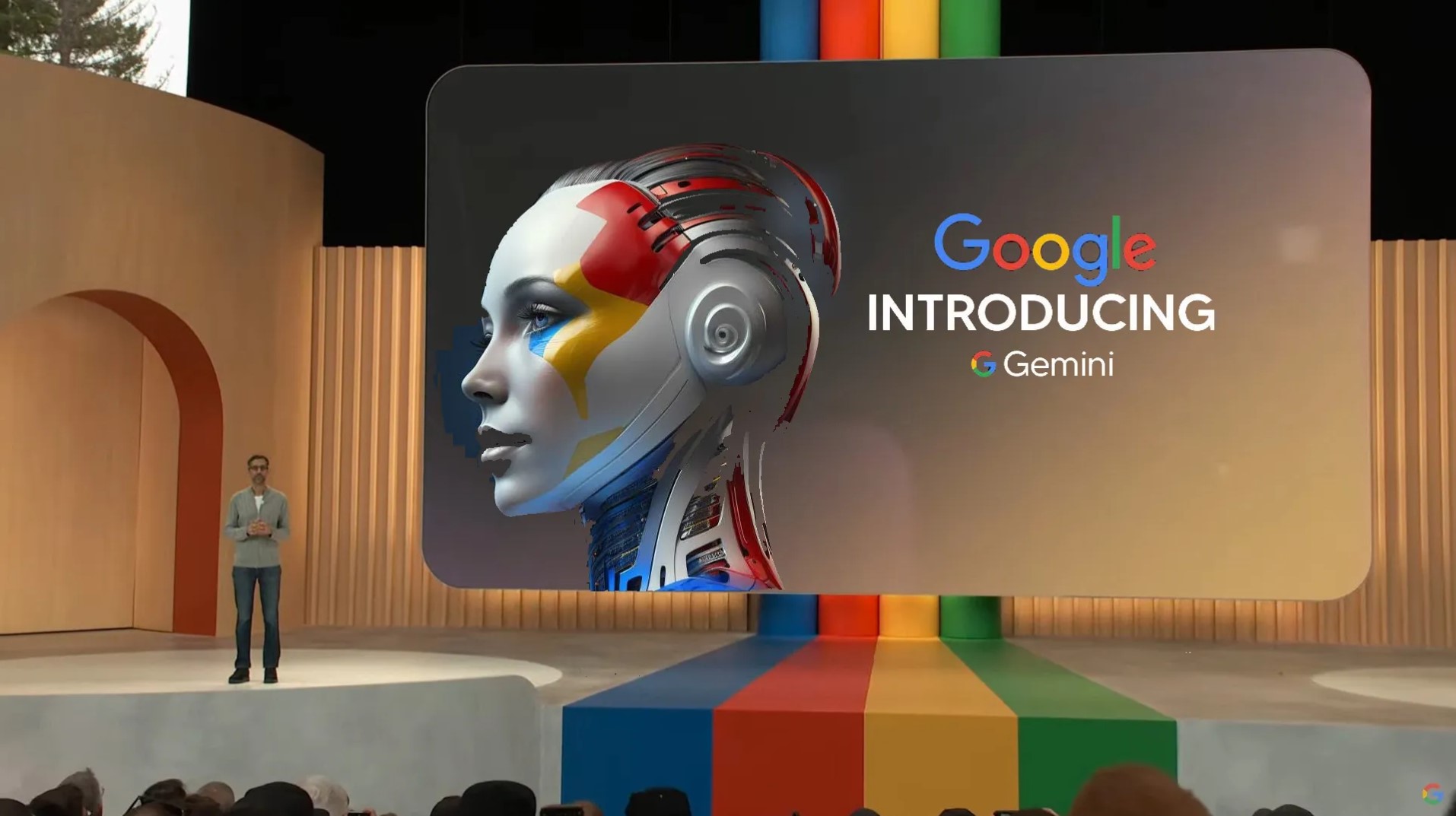Google's Gemini AI

Google recently introduced Gemini, their latest major language model, to the public. As a key player in Google's AI portfolio, Gemini competes directly with OpenAI's GPT-4 and is expected to power a significant portion of Google's AI functionality in the coming years.
An impressive hands-on demonstration was presented to showcase Gemini's capabilities, with the model apparently handling text and static images in real time. But let's take a closer look at this demo and reveal that the reality may not be quite as shiny as presented.
Gemini in Reality
In real time, Google Gemini works with static images and written text and generates written text as output. The hands-on demo showed how Gemini could seemingly effortlessly handle these tasks, but it's important to understand that this doesn't necessarily reflect the day-to-day reality of the AI model.
Shades of reality
It has emerged that the viral demo was not exactly a real-time demonstration of Gemini. While the model undoubtedly possesses impressive language skills and image understanding, it is crucial to distinguish between a carefully arranged demonstration and the more complex reality in which AI models must deal with diverse and dynamic situations.
Competition and Future Perspectives
Gemini faces stiff competition from other advanced language models such as OpenAI's GPT-4. These models play a critical role in shaping the future of AI applications. Although the new demo may impress, we must also be aware of the challenges and limitations that AI models like Gemini still face in practice.
Google's Gemini is undoubtedly a remarkable achievement in AI, but it's important to maintain a nuanced view. The viral demo illustrates the potential, but understanding the complexities and nuances of AI requires a more in-depth look. We can expect exciting progress, but also be mindful of the ongoing development and fine-tuning required to make these technologies fully operational in the real world, which is typically somewhat more complex than laboratory experiments.
Latest smartphone
-
18 Febsmartphone
-
07 Jansmartphone
OnePlus 13
-
03 Decsmartphone
OnePlus 13 will launch globally in January 2025
-
25 Octsmartphone
OnePlus launches OxygenOS 15
-
17 Octsmartphone
OxygenOS 15 goes live on October 24
-
20 Sepsmartphone
Apple can be forced to open Siri
-
10 Sepsmartphone
A18 Pro chip in iPhone 16 Pro is 15 percent faster
-
10 Sepsmartphone
Apple's event brought lots of news.
Most read smartphone
Latest smartphone
-
18 Febsmartphone
OnePlus Watch 3 now hits stores
-
07 Jansmartphone
OnePlus 13
-
03 Decsmartphone
OnePlus 13 will launch globally in January 2025
-
25 Octsmartphone
OnePlus launches OxygenOS 15
-
17 Octsmartphone
OxygenOS 15 goes live on October 24
-
20 Sepsmartphone
Apple can be forced to open Siri
-
10 Sepsmartphone
A18 Pro chip in iPhone 16 Pro is 15 percent faster
-
10 Sepsmartphone
Apple's event brought lots of news.






